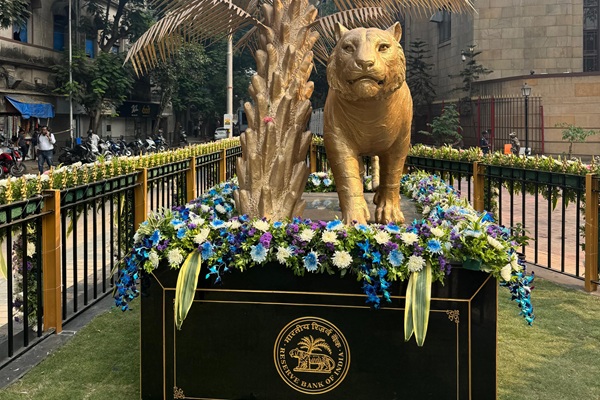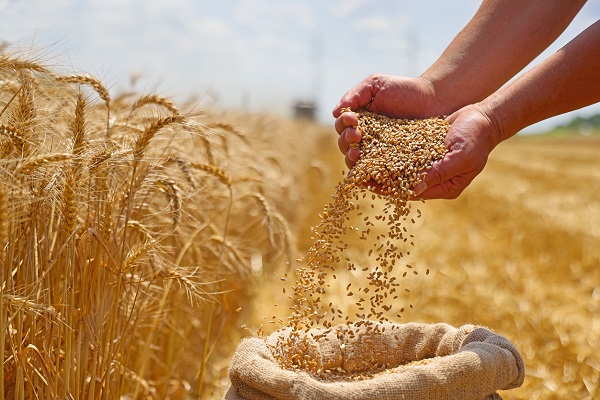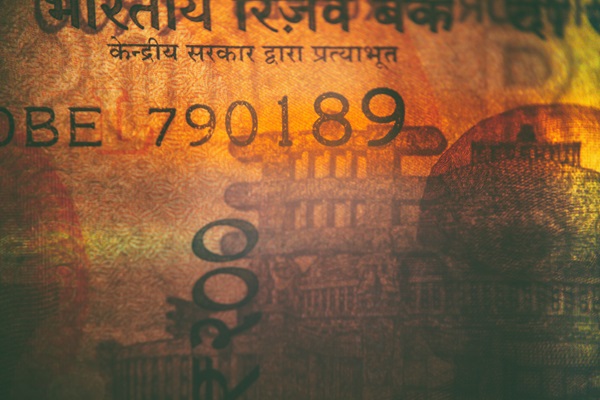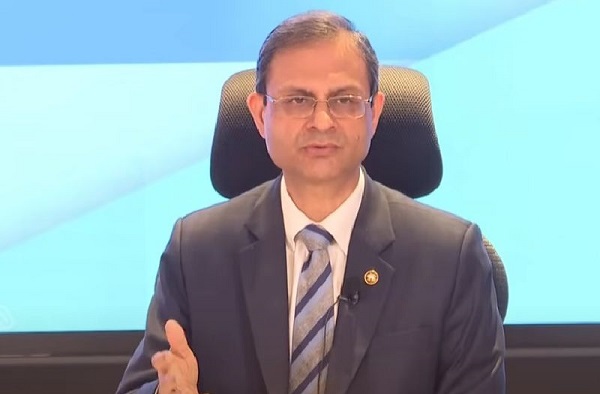.png)
India’s Economic Balancing Act Faces Tariff and Oil Test
RBI and government reforms aim to cushion growth, but crude and tariff shocks could tip India’s economy off its precarious tightrope.
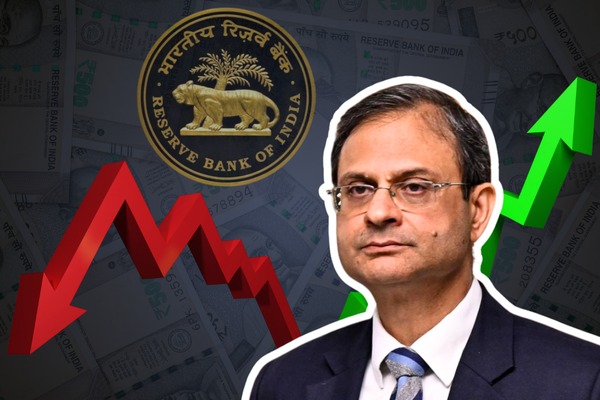

Alok Kumar Mishra
Alok Kumar Mishra is a professor at the University of Hyderabad, researching financial economics and public policy.
Iti Vyas
Dr. Iti Vyas is an Assistant Professor of Economics at ICFAI Law School, IFHE, Hyderabad.
October 2, 2025 at 11:55 AM IST
India’s policymakers are walking a fine line between caution and ambition. The Reserve Bank of India has kept the repo rate steady at 5.5%, signalling that while it sees room for future cuts, the immediate priority is to preserve stability. Simultaneously, the government has rolled out GST 2.0, pitched as a cushion against external shocks and a spur to consumption. Both measures underscore the challenge: sustaining momentum at home while an unsettled world economy threatens to derail the path ahead.
The macro backdrop is benign on paper. Growth has been revised down but still stands at 6.8% for 2025-26. Inflation is expected to ease to 2.6%, a sharp reset from earlier projections.
Bank balance sheets are resilient, foreign exchange reserves remain ample, and the credit delivery system is being loosened through a package of 22 regulatory tweaks. These include allowing banks more freedom to lend against securities and simplifying loan pricing for small businesses. On the fiscal side, the GST reforms promise to lower household costs by as much as ₹20,000 annually, with rate cuts on agricultural products designed to support rural demand.
Yet the safety net may prove fragile. The timing of India’s domestic recalibration coincides with a harsher global environment. The United States has imposed higher tariffs on Indian goods, citing New Delhi’s continued purchases of Russian crude. Oil itself is a looming risk, with global markets jittery under sanctions, supply disruptions, and shifting demand. India’s reliance on imports for nearly 90% of its crude needs leaves it exposed to any spike in prices. The rupee has already weakened nearly 4% against the dollar this year, and a sharper fall would threaten both inflation control and investor sentiment.
The RBI’s prudence reflects these cross-currents. Governor Sanjay Malhotra has delayed Basel III deadlines and phased the rollout of expected credit loss norms until well into the next decade, ensuring banks are not overburdened just as credit needs to expand. Banks are being nudged to lower fees and improve consumer-facing services, while payment companies will soon shift to risk-based authentication. These are incremental reforms that signal a desire to ease frictions without fuelling instability.
GST 2.0 carries a similar intent. By simplifying structures and rationalising rates, the government hopes to shield households and firms from external price shocks. Finance Minister Nirmala Sitharaman has openly framed the reform as a counterweight to tariffs. Yet the gains may come slowly. Implementation hurdles, compliance costs, and uneven state participation could delay the transmission of relief. Whether savings are realised fast enough to boost consumption in 2025–26 is an open question.
Shock Absorbers
The deeper issue is communication. Households will only believe in GST’s benefits once they see lower bills. Firms will only accelerate investment if credit reforms translate into easier borrowing. Exporters will only adapt if the government provides clarity on trade policy beyond reactive tariff management. The RBI’s credibility in guiding expectations and the government’s ability to sell reforms will be as critical as the measures themselves.
Policy Tightrope
The test for policymakers is not in the statistics they present but in the shocks they absorb. India’s balancing act will define whether this is remembered as a year of prudent resilience or one of missed protection.
Also read:
RBI’s Insulated Optimism Jars with Ground Reality
RBI Reopens the Door to Accommodation
Partly Monetary Policy, Largely Credit Policy
Review of MPC Decision: What Does it Mean to be Forward-Looking?
RBI Fixes its June Communication Misfire
RBI’s Baby Steps on Rupee Globalisation: Useful Nudges, But…
